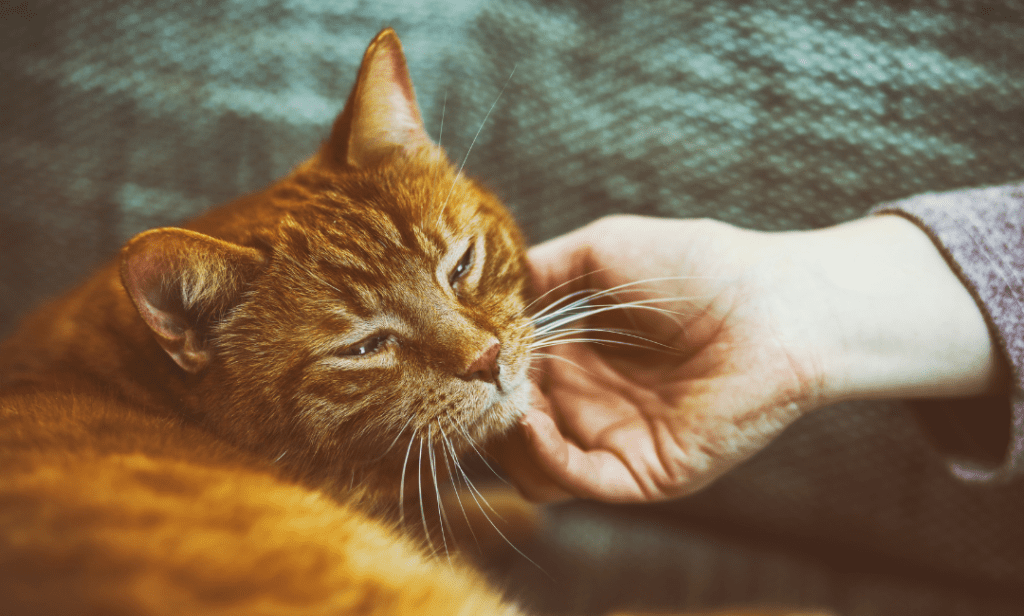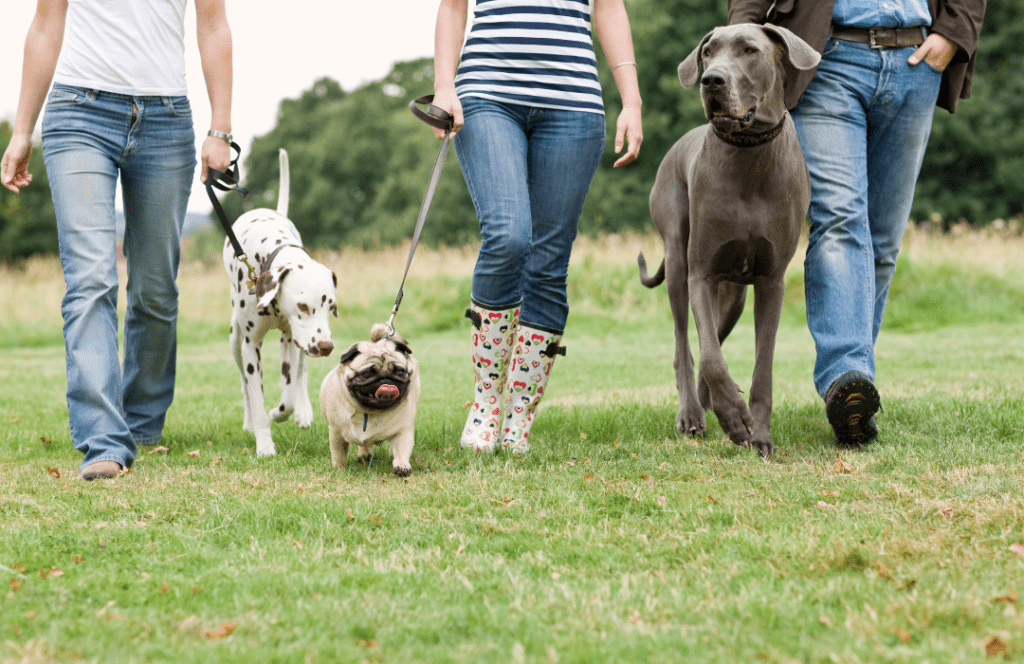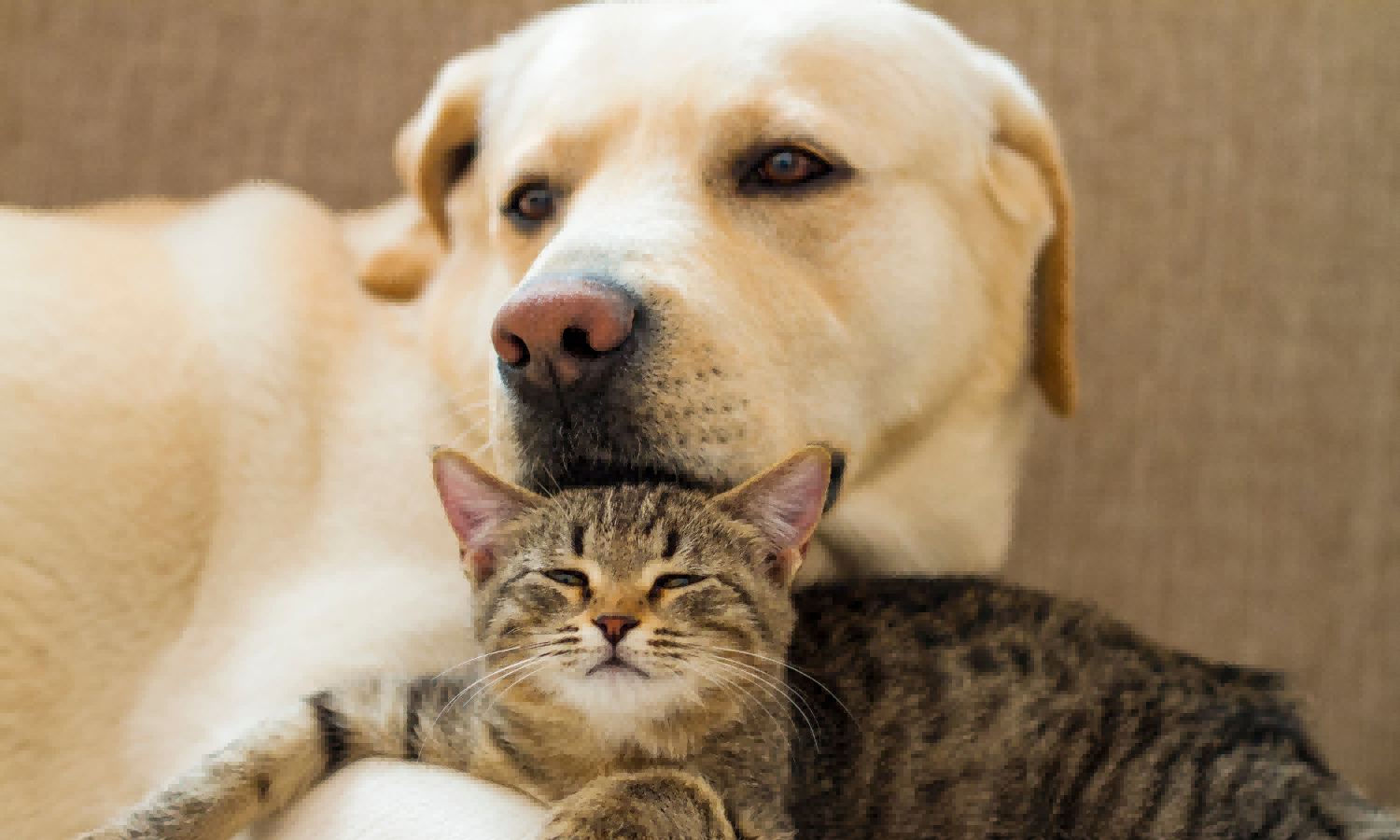PET FOOD PALATANT FOR DOGS AND CATS
The ability of a food or substance to stimulate the appetite of dogs or cats and promote eating and satiety is known as palatability. Because these feeding experiences depend on packaging, formula, heat processing, and the freshness and stability of raw materials, palatability is a science that necessitates process cohesion. The nutritional needs of our dogs and cats vary as much as their sizes and shapes do. Some lucky pet owners have animals that will consume almost anything they put in front of them. Even the most delicious treats won’t be accepted by other people’s pets.

1. What Are Food Preferences In Dogs And Cats?
Depending on individual tastes and experiences, dogs’ and cats’ pet food preferences can change. Some animals may prefer wet food over dry food or vice versa. Some pets could prefer certain flavors or protein types, while others might be more willing to try new foods.
Compared to cats, dogs are typically more willing to try new meals and flavors. This is the reason why pet food palatability enhancers are so well-known nowadays. The purpose of pet food palatability enhancers is to improve the flavor and nutritional value of your pet’s diet. They contain specific flavors and aroma enhancers that improve the appeal of pet food. Additionally, they also add a few extra nutrients to pet food, increasing its nutritional value.
2. What Are The Factors Influencing Pet Palatability?
Pet food palatability, or how appealing a specific food is to a pet, can depend on a variety of factors. Understanding these factors can assist pet owners in choosing the most suitable and appealing diet for their pets.
The smell of the food is a significant factor. Due to their strong sense of smell, pets’ capacity to enjoy food can be greatly influenced by its aroma. While certain animals may be more sensitive to specific smells and less inclined to eat the food, others may be more attracted to meals with a strong, enticing smell. To improve the taste and smell of their products and make them more enticing to pets, pet food producers frequently employ flavor enhancers or pollutants.
The flavor of the food is also an important factor in its palatability. When it comes to flavors, different pets may have their own unique preferences, and some flavors might be more palatable to a particular species. For instance, compared to dogs, cats frequently prefer fish-flavored foods. Palatability can also be impacted by flavor intensity; certain pets would like more subdued flavors, whereas others might prefer bolder flavors.
The nutrient content of the food can also impact its palatability. Since these nutrients are crucial for preserving their overall health, pets may be more drawn to diets strong in protein or fat. Additionally, diets enriched with specific vitamins and minerals, such as calcium for dogs and taurine for cats, may be more likely to be consumed by pets.

3. Assessing Preference And Reinforcer Effectiveness In Dogs
Assessing preference and reinforcer effectiveness in dogs is an important part of the training process. The effectiveness of the reinforcement must be evaluated to ensure that the desired behavior is being reinforced and maintained. This involves measuring the response of the dog to different types of reinforcement and comparing the results to determine which type of reinforcement is most effective for the particular dog.
The first step in assessing preference and reinforcer effectiveness in dogs is to identify the reinforcement that the dog prefers. This can be done by presenting the dog with two different types of reinforcement and observing which one the dog chooses. For example, a dog may be presented with two types of treats, one that is high-value and one that is low-value. If the dog chooses the high-value treat, then this suggests that the high-value treat should be used as the primary reinforcement.
Once the preferred type of reinforcement has been identified, it is important to assess the effectiveness of the reinforcement by observing how quickly the desired behavior is being reinforced and maintained. This can be done by observing how long the dog will work for a particular reinforcement and how quickly the desired behavior is being repeated. If the desired behavior is being reinforced quickly and consistently, then the reinforcement is considered to be effective. However, if the desired behavior is not being reinforced quickly and consistently, then the reinforcement is not effective and should be replaced with a different type of reinforcement.
4. What Can Be Done To Increase The Palatability Of Cat Food?
The following can be done to increase the palatability of cat food:
- Add canned tuna or salmon to the dry food.
- Introduce a variety of flavors, such as beef, chicken, fish, and vegetables.
- Use warm water to soften the dry food.
- Try adding a small amount of wet food to the dry food.
- Add natural flavor enhancers like catnip, parsley, and oregano.
- Experiment with different textures and shapes of food.
- Try adding a teaspoon of plain yogurt to the food.
- Sprinkle a bit of grated cheese or cooked egg on top.
- Try adding a teaspoon of wet baby food.
- Switch up the brand of food every once in a while.
5. Nutrient Requirements Of Dogs And Cats
The nutritional requirements of dogs and cats include:
- Profypet attractants for pet food contain these ingredients to increase pet nutrition.
- Compound amino acids are specially added to provide energy for our pets, keep them strong, and improve their immunity.
- Brewer’s yeast is a natural additive that is healthy and harmless. It’s also beneficial to pets. It can promote growth, enhance immunity, prevent disease, supplement nutrition, and relieve stress.
Conclusions:
The conclusion for the pet food palatant for dogs and cats is that it can be beneficial for pet owners to use a pet food palatant to enhance the palatability of their pet’s food. This can be especially beneficial for pets who may have difficulty eating their regular food or may have allergies or sensitivities to certain ingredients. However, it is important to note that pet food palatants should be used in moderation as too much may have a negative impact on the pet’s health. Additionally, pet owners should always consult with their veterinarian before introducing any type of palatant into their pet’s diet.













